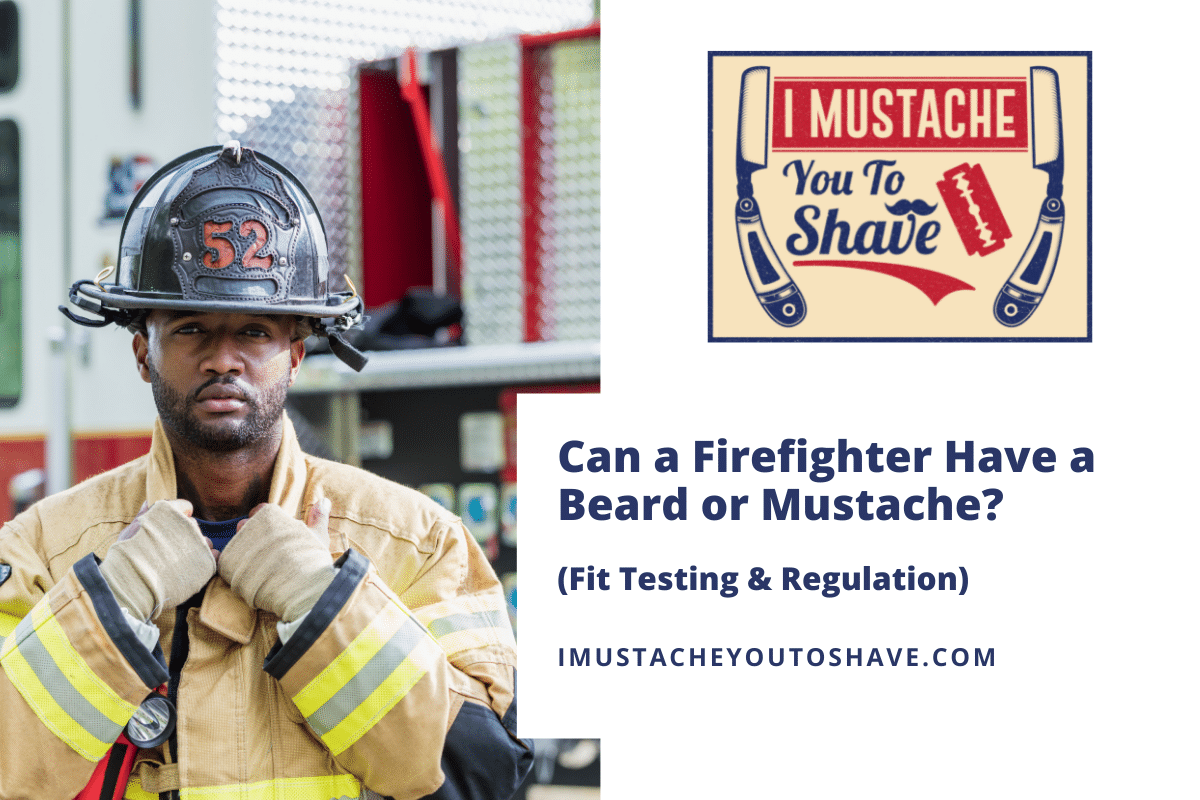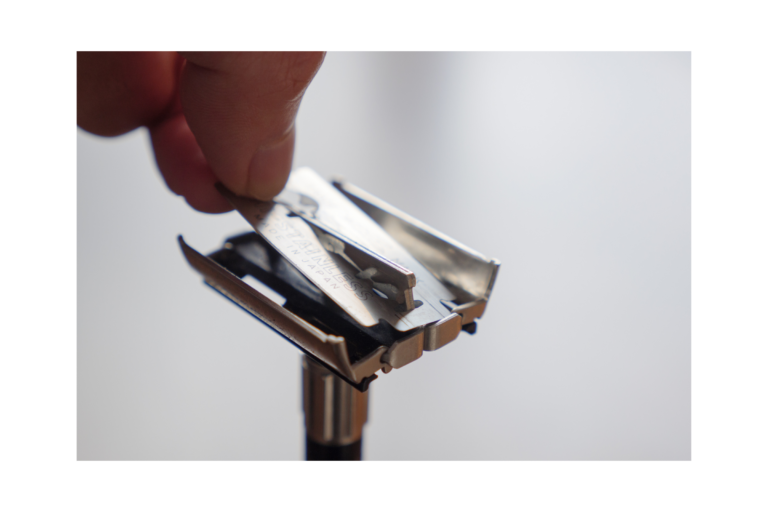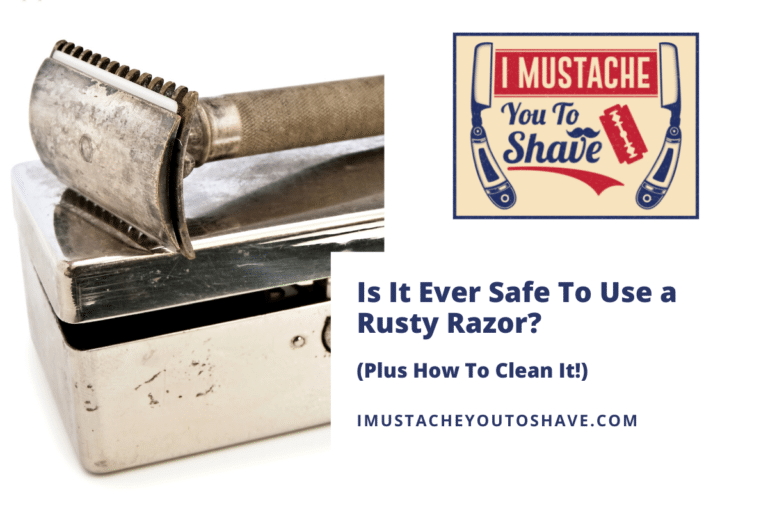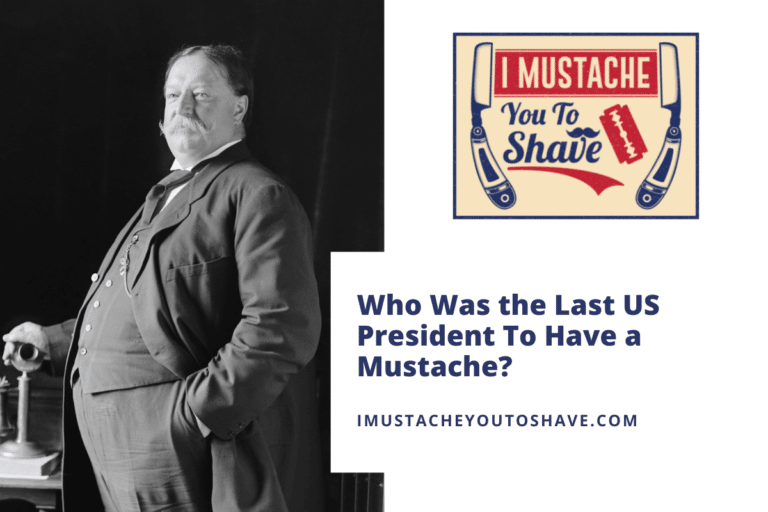Can a Firefighter Have a Beard or Mustache? (Fit Testing & Regulation)
Beards and mustaches are gaining in popularity, but they’re not appropriate for some professions. If you prefer to sport a beard or mustache, are your dreams of becoming a firefighter dashed?
Firefighters can’t have a beard or mustache if the hair interferes with the function of the respirator mask or its seal. There are certain styles that are approved by most regulatory agencies, including a soul patch or neatly trimmed goatee; however, facial hair rules can vary due to job description, station leadership, and certain exemptions.
If you want to learn the specifics about facial hair among firefighters, read on!
Are firefighters allowed to have beards or mustaches?
Walk into any fire station and you are very likely to see mustaches of different varieties. Beards, on the other hand, aren’t as common and there’s a reason for that.
Firefighters in most areas are allowed and even encouraged to have a mustache as long as the hair doesn’t affect the breathing equipment. However, beards are often discouraged and even prohibited because they can directly interfere with a mask seal.
As with most situations, there are always exceptions.
National Fire Protection Association beard policy
The National Fire Protection Association is a codes and standards organization that provides training, research, and support to fire service personnel and education to the general public.
The National Fire Protection Association recognizes and follows the specific OSHA regulations in regard to respirator safety and use. These regulations limit the amount and placement of facial hair.
There is, however, no federal firefighter grooming policy in place. Local departments can make their own policies.
What does OSHA say about beards?
In 1863 London Fire Brigade Superintendent James Braidwood’s self-containing breathing apparatus (SCBA) was patented. It was a crude design but paved the way for today’s modern version.
OSHA regulations state that any firefighter entering a dangerous life or health environment should wear an SCBA. OSHA’s Respiratory Protection standard states that wearers of tight-fitting respirator masks should be clean-shaven to ensure a proper seal.
Even though OSHA’s regulations sound non-negotiable, there are variations to this requirement across the country. All firefighters must get fit tested once a year for their SCBA. If any facial hair impedes a tight, proper seal, shaving is necessary.
OSHA states in clarification letters on this regulation that positive-pressure respirators like SCBAs have been adversely affected resulting in leakage when even a modest amount of facial hair is present.
Another clarification letter answered a question concerning a goatee beard style. OSHA responded by saying, “Facial hair is allowed as long as it does not protrude under the respirator seal, or extend far enough to interfere with the device’s valve function.”
Do any local fire departments allow beards or mustaches?
OSHA guidelines are clear on the hair issue, but local fire departments can still make their own rules. A quick look on firefighter discussion boards shows just how different facial hair culture can be from state to state and even city to city.
Local fire departments vary widely on their facial hair policy. Most departments allow mustaches. Many departments adhere strictly to OSHA regulations prohibiting beards in the respirator area, while others are more lenient.
Washington, D.C., firefighters are one of the only departments expressly allowed to have beards. This change was made in reaction to a 2007 court case where the department was sued for its grooming policy banning facial hair.
Are there exemptions for beards and mustaches for firefighters?
In some instances, the Americans with Disabilities Act (ADA) and Equal Opportunity Laws can offer relief from facial hair restrictions.
Exemptions to grooming policies may be granted on a case-by-case basis. Legally, facial hair exemptions can be made on the basis of religious and cultural beliefs or for medical reasons.
Certain religions and cultures equate facial hair growth to faith and observance. Accommodations are often made in these situations if safety isn’t compromised.
The previously mentioned Washington, D.C., department was sued by 25 firemen for its policy against beards. The plaintiffs claimed, that under the ADA, their pseudofolliculitis barbae skin condition was a medical reason to allow them to keep their beards. The courts ruled in their favor resulting in a policy change.
In a recent 2021 court case, a group of New York firefighters suffering from the same skin condition argued to keep short beards, but their request was denied. The court claimed the federal safety standards deemed the ADA recommendation unreasonable.
Bottom line: exemptions are possible but not always granted due to the safety issues facing firefighters.
Why do firefighters have to shave their beards?
Firefighters are more likely to develop and die of cancer due to carcinogen exposure. From 2002 to 2019, cancer was responsible for 66% of line-of-duty deaths according to the International Association of Firefighters.
Firefighters have to shave their beards in order to provide the best protection against harmful smoke toxins and gases. Not only can hairs prevent a solid seal, but they can also hold in smoke toxins that later contaminate the fire station if not washed immediately.
Beards, especially long beards, can pose a health risk not only to the wearer but those around them. Fire smoke can include poisonous substances like asbestos, benzene, carbon monoxide, and hydrogen cyanide. These contaminants are easily spread to other people and surfaces.
Can you have stubble as a firefighter?
It can be difficult to answer questions about facial hair because information tends to be conflicting. Safety regulations may say one thing while local policy says another.
According to OSHA regulations, any amount of facial hair can prevent a proper seal when using an SCBA device. However, light facial hair may be acceptable at certain fire stations as long as a fit test is passed.
One respirator fit test service provider states on their website “there is little to no leeway for facial hair.” They go on to include stubble and light beard hair as a danger to a proper seal.
Firefighters have access to safety information and station policies to help them make informed decisions about their individual beard growth.
Why do so many firemen have mustaches?
Throughout history, the mustache has been an emblem of masculinity. If you can grow facial hair, your testosterone must be in fine form. The mustache also served a functional purpose before modern respirators were invented.
Firemen throughout history have worn mustaches. In the past, a long mustache and beard served as a makeshift filter when wet. Today, mustaches are a link to tradition and representative of a brotherhood.
While not every fireman will grow a mustache, they are too prevalent to be ignored. In some stations mustache growing has even become a competition. Of course, there are many clean-shaven firefighters out there as well.
Mustaches are also pretty common with police officers that are allowed to wear them!
Do firefighters have to shave their heads?
If I can’t grow a full beard, can I have long hair or will I need to shave my head? The good news is you won’t be required to shave your head, but your station leadership will probably have some grooming guidelines you must follow.
Firefighters do not have to shave their heads. However, specific grooming guidelines on the length, color, and style of hair may be in place on the local level.
Some fire chiefs may be stricter than others. Most guidelines are put into place to ensure professionalism and safety. Hair length must not interfere with hoods, masks, or other equipment.
As with many work environments, non-natural hair colors or extreme hairstyles may be prohibited due to professionalism and uniformity. Also, new recruits may have stricter grooming rules than seasoned veterans.
Firefighter beard history
Facial hair has had a colorful history. Beards have been favored and even required in some eras and prohibited in others. The same is true for beard evolution among the firefighter brotherhood.
In the 18th and 19th centuries, firefighters were required to grow long beards because they served as filters. With the invention of self-contained breathing apparatuses, beards became less common or even banned while on duty.
Back before filter systems were invented, firefighters grew long beards to filter out smoke and ash. They would soak their beards in water and bite on the hairs while fighting a fire. The hairs were thought to keep dangerous smoke and ash out of the mouth and lungs.
The onset of WW1 brought to light the difficulties of gas mask use with facial hair. Similarly, the invention of firefighter respirators caused a change to clean-shaven faces.
Firefighter beard styles
Is it possible to grow a beard and still be in compliance? From a national safety standpoint, yes. Some minimal beard growth in strategic areas may be acceptable.
There are some limited beard styles firefighters can wear and still be in compliance when using tight-fitting respirators. According to the National Institute for Occupational Safety & Health (NIOSH), facial hair should not grow in the area covered by a respiratory mask.
Facial beard styles approved by the NIOSH and in clarification letters from OSHA are as follows:
- Soul patch
- Neatly trimmed goatee
- Anchor
- Balbo
- Zappa
Keep in mind that these are just guidelines. The local fire department’s grooming policy provides the final say.







